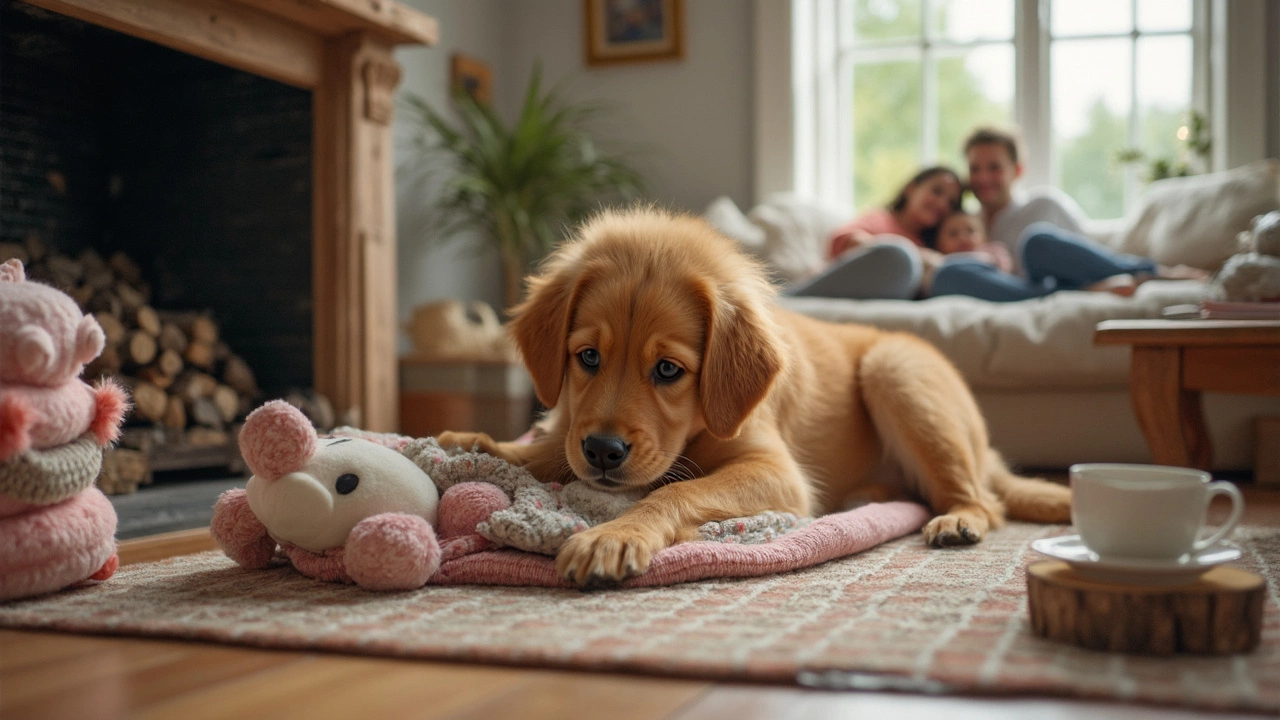Dog Calming Tips: Keep Your Pup Relaxed Every Day
If your dog gets jittery at the door, during thunderstorms, or when you leave the house, you’re not alone. Most owners face moments when their canine looks like a tiny tornado. The good news? You can teach your dog to stay calm with a few everyday habits. Below are practical steps you can start using right now.
Everyday Calm-Down Routines
Start with a predictable schedule. Dogs love knowing when meals, walks, and playtime happen. A regular routine reduces the surprise factor that often triggers anxiety. Pair feeding time with a short, low‑key walk, then give a quick “settle” cue—like a gentle hand on the chest—and a treat. Over time the pup learns that calm behavior earns rewards.
Exercise is a secret weapon. A tired dog is less likely to overreact to noise or strangers. Aim for at least 30 minutes of active play or a brisk walk each day, tailored to your dog’s breed and age. Even a quick game of fetch in the garden can burn off excess energy that would otherwise show up as nervous pacing.
Use a designated “calm spot.” Choose a quiet corner with a comfy bed, maybe a blanket that smells like you. When you notice your dog getting worked up, guide them to that spot, say a consistent cue such as “relax,” and reward them for staying there. Consistency builds a mental shortcut that signals safety.
Quick Fixes When Anxiety Hits
Noise spikes—like fireworks or a siren—can send any dog into a frenzy. A simple solution is to create a white‑noise background. Turn on a fan, play soft music, or use a pet‑safe calming soundtrack. The extra sound masks the scary noise and helps your dog settle faster.
Try a calming aid. Many owners find a snug harness or a calming vest works well. The gentle pressure mimics a reassuring hug and can lower heart rate. For extra help, consider a natural supplement such as L‑theanine or a pheromone diffuser, but always check with your vet first.
When the anxiety is sudden, a quick “focus game” can break the spiral. Hold a treat in your hand, let your dog sniff it, then slowly raise it over their nose and say “watch.” As they follow the treat, their attention shifts away from the stressor. Reward them once they’re focused, and repeat if needed.
Finally, keep your own vibe calm. Dogs read our body language faster than any word we say. If you stay relaxed, breathe slowly, and speak in a low tone, your dog picks up those cues and is more likely to follow suit.
Calming a dog isn’t about eliminating all excitement—it’s about giving them tools to handle the bumps in life. With a steady routine, a few calming aids, and your calm presence, you’ll see your pup become a steadier, happier companion. Try one tip today and notice the difference; you’ll both appreciate the smoother days ahead.
- Morgan Ainsworth
- 0 Comments
Nooking in Dogs: What It Is and How Puppy Toys Help
Nooking in dogs is a quirky habit where puppies suck, chew, or knead soft toys or blankets. It looks a bit like what kittens do when they nurse or knead their moms. Some dogs keep nooking well after puppyhood, especially if they’re feeling stressed or want comfort. The right puppy toys can make all the difference, helping dogs find comfort without turning your sofa into a chew toy. This article breaks down what nooking is, why it happens, and how to handle it using tips and the best toys.
View More
